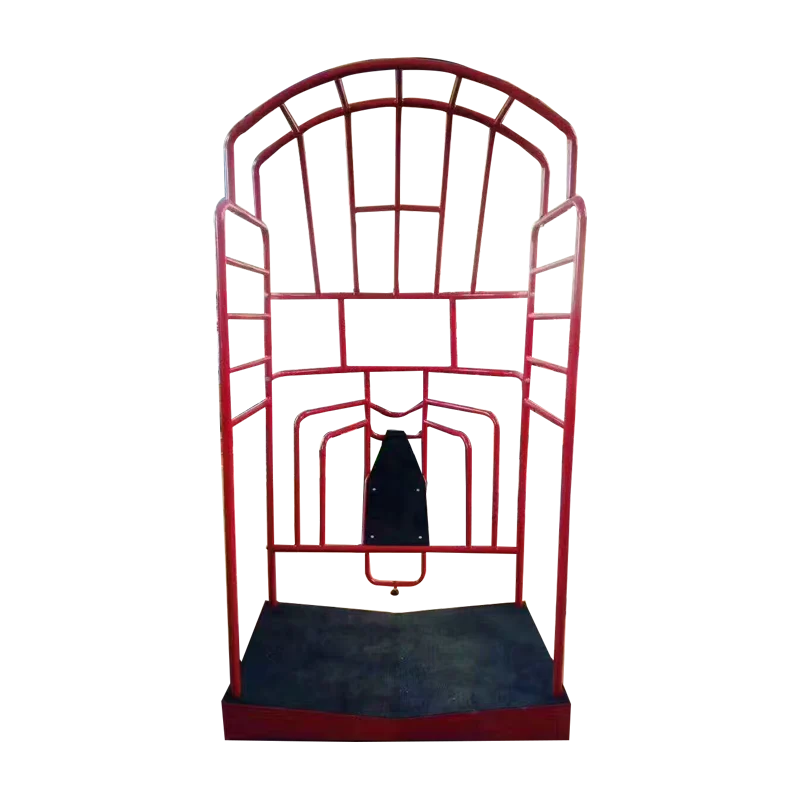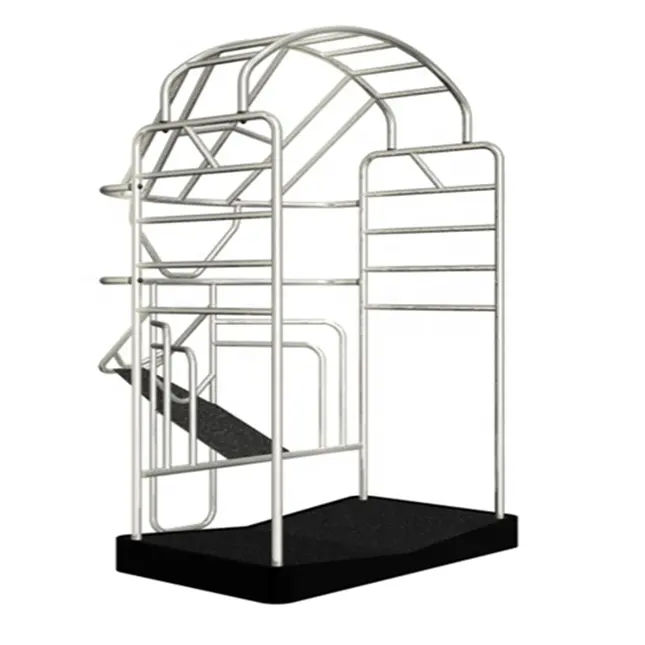
Unfortunately we’re not currently able to offer custom sizes, though they can be purchased from other sellers. Failing to do so can put your health and comfort at risk, which are both avoidable if you do this right from the start.Īt House of Denial we offer off the shelf devices, which means they’re produced in set sizes and designs.
#ASSEMBY OF TRUE STRETCH CAGE HOW TO#
To aid in bearing removal, accessories such as extensions for jaw and cross-block pullers, attachments that split bearings, and shaft protectors are also required.If you’re brand new to chastity play or you’re a full time cage wearer it’s vitally important that you know how to correctly measure yourself so that you wear a chastity cage that fits you properly. Selecting the right puller for bearing removal depends on how well the part can be gripped, how much reach and spread (height and width) are needed, and how much power or force is required. Special purpose pullers for timing gears, crankshaft sprockets, flywheel pilot bearings.

It strikes a "stop" on its own rod and removes parts from blind holesĥ. Slide hammer pullers with a weighted sliding handle.

Mechanical (or hydraulic) push-pullers that use forcing screws to push or pull parts out of the housingĤ. Mechanical (or hydraulic) jaw-type pullers that grip parts by their press-fit edgesģ. Using hammers and drift pins, or an uneven application of force, for example, can cause as much damage to the shaft and housing as to the bearing itself.Ģ. There are a number of recommended tools and methods that assure safe, reliable bearing removal. This results in friction, overheating, excessive wear and contact erosion between the shaft and inner race, or housing and outer race

When the race is too loose, it will creep up on the shaft or in the housing causing it to slam into the surface on which it is stationed. This slip-fit is just as important as the press-fit. In applications where only one race is press-fit, the other race gets a slip-fit - or a slightly looser fit. Too tight a fit squeezes the two races together, preventing the balls or rollers from turning correctly and causing excess heat and wear. Press-fits that are too tight can also be damaging to the bearing. Here, the inner race is mounted with a slip fit on the shaft, while the outer race is press-fit.Ī press-fit is accomplished by stretching the inner race over a shaft slightly larger than the bore of the bearing. One example is in a truck's front wheel hub. If the outer race is to be press-fit then it will rotate with the housing. If the inner race is press-fit then it will rotate with the shaft. Press-fit refers to the amount of interference between the race and the seat: the inner race with the shaft, and the outer race with the housing. Whether it is normal or premature, bearing failure from spalling is irreversible. High spots or grooves in the housing also may cause corresponding grooves in the bearing that lead to spalling. Misalignment prevents even load distribution, and spalling may occur in the high stress areas. Improper lubrication can fail to relieve friction, leading first to peeling, and then possibly to spalling. Moisture in the housing can settle on and then corrode the bearing surface, resulting in flaking. Dirt, dust and contamination will abrade and score the races. For example, a bearing mounted on a shaft with excess press-fit causes friction to build up and wear down the bearing surfaces. However, it can result from another type of initial bearing damage, such as brinelling or fretting, that has caused indentations, weakening or abrasion, on one or both of the races.Īlmost any type of handling, installation, mounting or maintenance procedure done incorrectly can result in spalling. Spalling occurs under normal conditions as part of bearing fatigue.


 0 kommentar(er)
0 kommentar(er)
